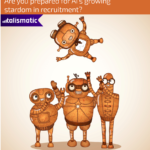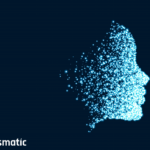Student attrition rate is on a rise, indicating that it’s high time universities took concrete steps to fix the issue. Guesswork and predictions backed with no research cannot be relied upon when dealing with something as valuable as student career. A couple of pioneering universities, therefore, resorted to a more credible and apt-for-the-time method for retaining college students:
- The University of Central Florida successfully raised the retention rate for the first-gen students by 10% points
- Ball State University witnessed a steep rise in the graduation rate. At the same time, the university also saw a hike of over 6% points in their student retention rate.
Curious to know the story behind their success? So, here’s what happened – the universities found that by using predictive analytics in education they could gauge a student’s inclination to drop out of college, well in advance, and avoid such a situation.
Predictive analytics for student retention
By using predictive analytics, the University of Central Florida discovered that student attrition in their university was mostly the outcome of financial stress that a student or his family was experiencing. To address this, the university started collecting data on underprivileged students by studying instances where the students stopped going to the gym and chose to stay back in the Volusia Hall (the dormitory). With proper counseling and funding of these students the university increased its graduation rate by 30%.
On the other hand, the State Ball University collected the digital footprints of all students walking around on the campus. Right from data on student academics to financial status to life engagement, the university tried to analyze all possible reasons that could lead to student attrition. Predictive analytics told the university, for instance, that students eating breakfast were more likely to continue college. The university, therefore, intervened in time to help students it thought were likely to quit.
A big reason for college dropout is that students are ‘not-so-sure’ about the relevance of their course in the job market. Talismatic, an education analytics tool, can help overcome this blurry situation by predicting the high-demand skills for an industry type in the coming years, boosting the confidence of students. Educators can use the tool to counsel students and assuage their fears regarding job hunting.




